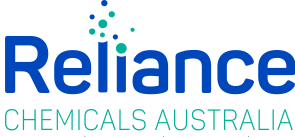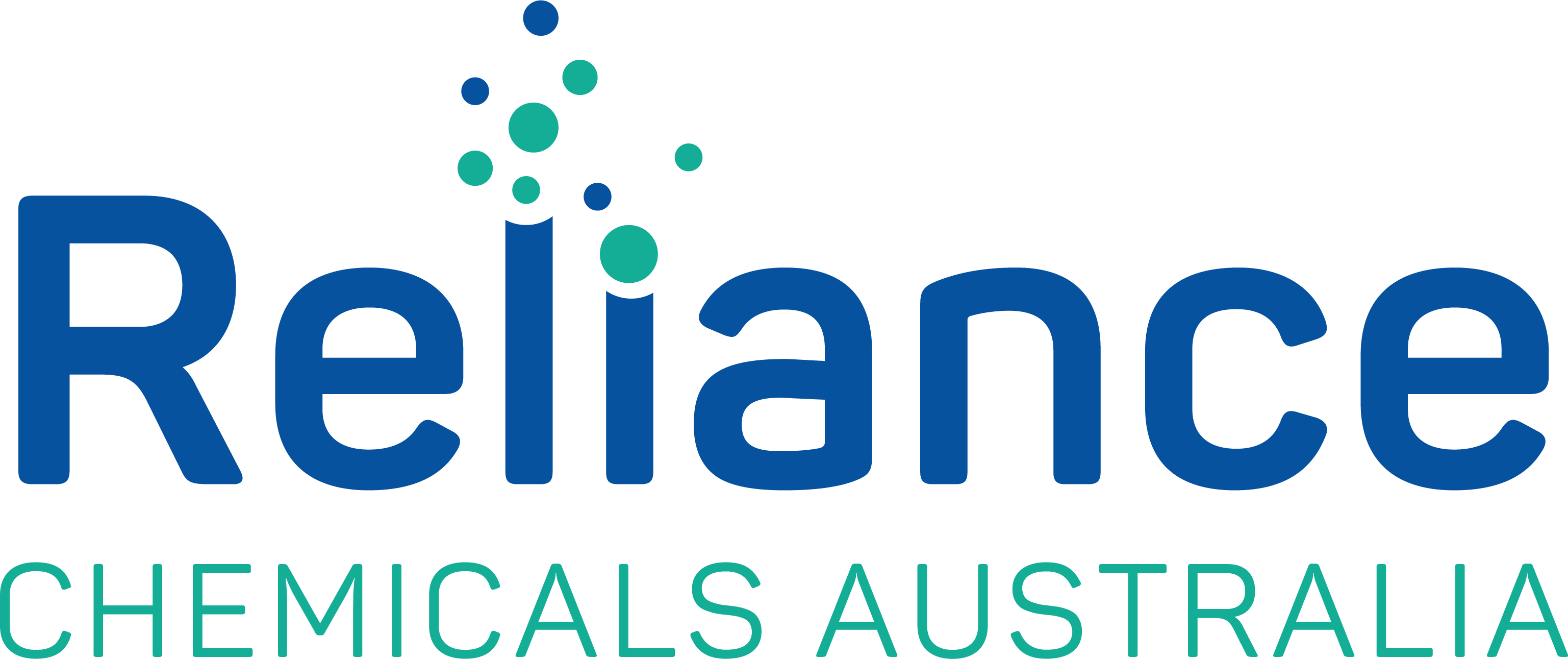
- by
- Hospitality
Maintaining Quality and Cleaning Consistency: How To Ensure These Aspects Being a Cleaning Service Provider?
One of the most important things to ensure during this global pandemic is cleanliness. Be it your home or office or hospitals; every place should now be clean and free of germs. The choice of the correct combination of the chemical for cleaning and sanitizing agents starts with a query. The cleaning service providers should define an objective for maintaining quality and cleaning consistency levels. You can determine this by answering the following question: ‘What is the degree of cleanliness at which organisms and how safe can a process be considered?’ This article will explain how you can maintain the quality of your sanitization process as a cleaning service provider.
The things You need to follow to enhance the quality of your cleaning program.
First of all, you need to select the suitable material at the correct percentage of dilution. After that, you will need to utilize the right equipment with a well-trained sanitation staff. By doing these, you can ask for satisfactory progress.
A sanitization program or service is a very significant one these days. It would help if you did the following to maintain the quality and efficacy of the program:
1. Make a list of your objectives and goals and share them with the sanitation team.
Any sanitization program’s objectives and targets begin with the essentials. These include avoiding and controlling microbial action to safeguard the food’s health, quality, and freshness.
The support of a new workplace for representatives, the proper use of sterilization instruments and innovations, and the extension of the life expectancy of the equipment and offices are all explicit disinfection aims.
The program will be effective in managing its sterilizing program. This will be effective as long as people understand why they need to meet specific standards and get there.
2. The volume of cleaning
Different kinds of places have different complexities when it comes to cleaning. These factors include everything from the types of soils and soil load at a given plant to whether or not there is an adequate water supply.
These should be compatible with the sanitization program’s quality, temperature, and water pressure. For example, each operation should assess whether the water contains a high mineral content. This is done to determine whether an acid wash is required regularly.
It’s crucial to choose the “correct” product at the proper dilution. To prescribe the “appropriate” sanitizer, users must understand the microbiological issues. These should be relevant to their operations, just as they must with sanitizers.
3. Choosing the right equipment
The wall-mounted chemical dispensing systems not only improve efficiency but also increase production. They’re a great way to guarantee that cleaning and sanitizing chemicals are applied correctly.
This feature helps in ensuring a successful sanitation program. Additionally, proportioning units should be considered, as they contribute to worker safety.
Moreover, they ensure that the product is appropriately blended for the most effective application and result.
The equipment which is must to have are:
- scourers and sponges
- Microfiber cloths and yellow dusters
- Cloths for polishing glass.
- Brushes must be cleaned.
- A bucket and a mop.
- A dustpan and brush are required.
- Gloves for protection.
- A plastic caddy to transport the necessities.
4. Check to see if the cleaners and sanitizers you’re using are compatible with your equipment.
Stainless steel is used to make most of the equipment in food processing plants and many other places. However, in other circumstances, contact surfaces are constructed of soft metals.
This is a crucial step to follow for maintaining quality and cleaning consistency. This makes it vital to sanitize chemicals that will not scratch or otherwise harm the equipment’s surface. On the surface of equipment, such damage might offer a conducive environment for undesired germs to thrive and develop.
Disinfectants of various types are utilized in most commercial and industrial settings. Some of the more prevalent varieties are listed below:
Sanitizers containing alcohol –
These are one of the most extensively used sanitizers on the market. Ethyl alcohol and isopropyl alcohol are the most commonly used disinfectants. Absolute alcohol does not work well in this situation. Alcohols kill bacteria via the protein denaturation process.
As a result, these compositions are incredibly effective as cleansers.
The tight barrier around the microorganisms is dismantled, exposed, and dissolved by alcohol bonds, and the germs are killed.
There is usually no need for a towel or a rinse with these remedies. As a result, they can be utilized quickly and easily. These disinfectants are frequently applied to the skin.
Sanitizers based on hydrogen peroxide:
These cleaning agents are made up of colorless substances. They are used to clean a wide range of products. Personal goods, home items, and floors are among them. In hospitals, these disinfectants are frequently used for purification and disinfection.
It is effective against a variety of bacteria, germs, and viruses. Hydrogen peroxide can be used to clean appliances, cutting boards, mirrors, windows, and bathroom floors regularly.
Please wait for the bubbles to subside before spraying them over the surface to disinfect them. After that, you can either let the surfaces air dry or wipe them down with a clean cloth.
Ammonium quaternary compounds (quat) —
Don’t we all want a tremendous deodorizing hand sanitizer? These sanitizers have no odor and do not irritate the skin. Quats can be used in a variety of detergents as a 2-in-1 cleanser and disinfectant.
People use Quaternary ammonium chemicals to clean unclean floors, bed rails, blood pressure cuffs, and wall barriers.
5.Educate employees who work in sanitation.
Keep in mind that the sanitization program is only as good as the people who put it in place regularly.
Choosing cleaning and sanitizing sanitation chemicals for use in disinfection at the end, be founded on sound science. Cleaning to well-defined microbiological end-points, with toxicity, cost, and convenience of use as relevant variables.
This will make that choice a helpful instrument in an entire program of contamination management in the food business operation.
Conclusion
Cleanliness and its importance can never be denied. Maintaining quality and cleaning consistency is one of the most significant issues to be ensured for a cleaning service provider. It would help if you were careful about the points mentioned above to enhance the quality of Cleaning consistency activities of your team.

